Throughout history, natural disasters have wiped out cities, monuments, and entire civilizations. Some of the world’s most famous landmarks have been lost due to catastrophic events like earthquakes, volcanic eruptions, and floods. These once-thriving places now exist only in ruins or stories. Here, we explore a collection of historical sites that nature took away, some well-known and others long forgotten.
Pompeii, Italy
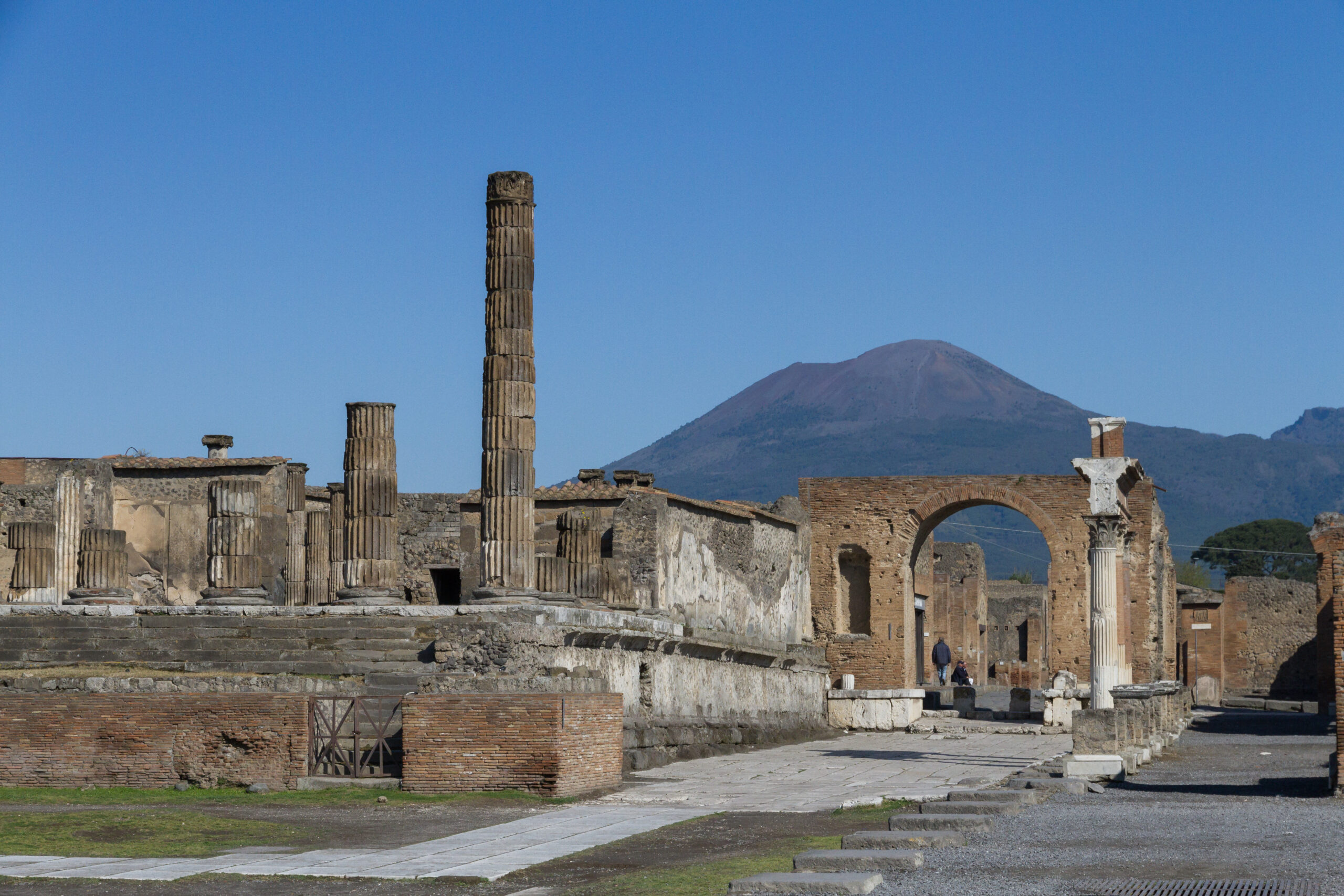
Pompeii was a prosperous Roman city located near modern Naples. In 79 AD, Mount Vesuvius erupted, releasing clouds of ash, pumice, and toxic gases. The city was buried under meters of volcanic debris, instantly killing thousands of its residents. Remarkably, Pompeii remained frozen in time for centuries, preserving homes, streets, and even the positions of people caught in the disaster. Today, it provides one of the clearest insights into life in ancient Rome. The eruption also destroyed nearby Herculaneum, another significant Roman settlement.
Port Royal, Jamaica
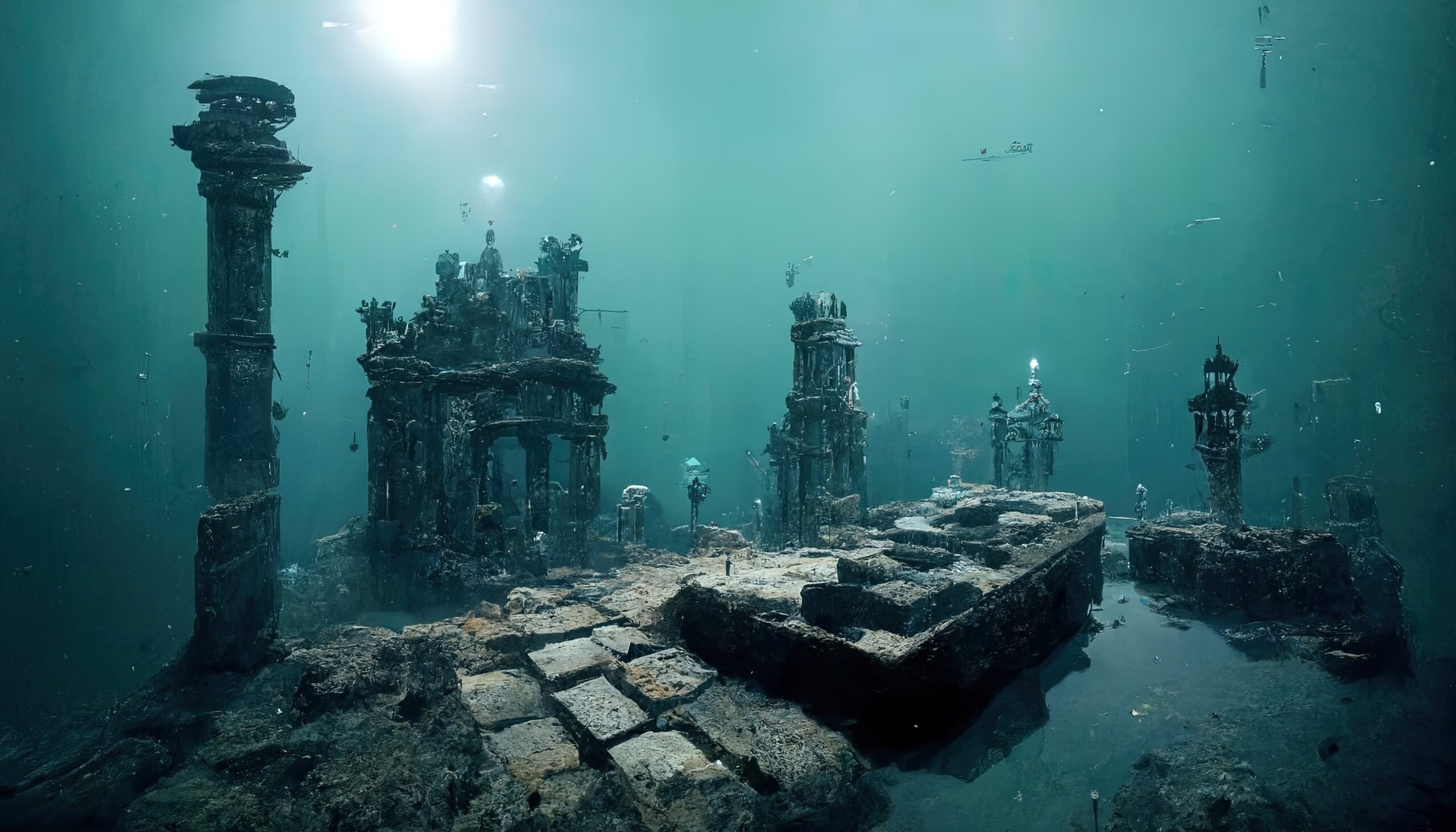
Port Royal was a thriving Caribbean port and notorious pirate haven in the 17th century. On June 7, 1692, a massive earthquake struck, causing two-thirds of the city to sink into the sea. The earthquake was followed by a deadly tsunami, which drowned many survivors and left the port in ruins. Once one of the wealthiest cities in the New World, Port Royal’s destruction became a cautionary tale about decadence and immorality. Today, its submerged remains are a popular site for underwater archaeologists exploring its sunken treasures.
Alexandria Lighthouse, Egypt
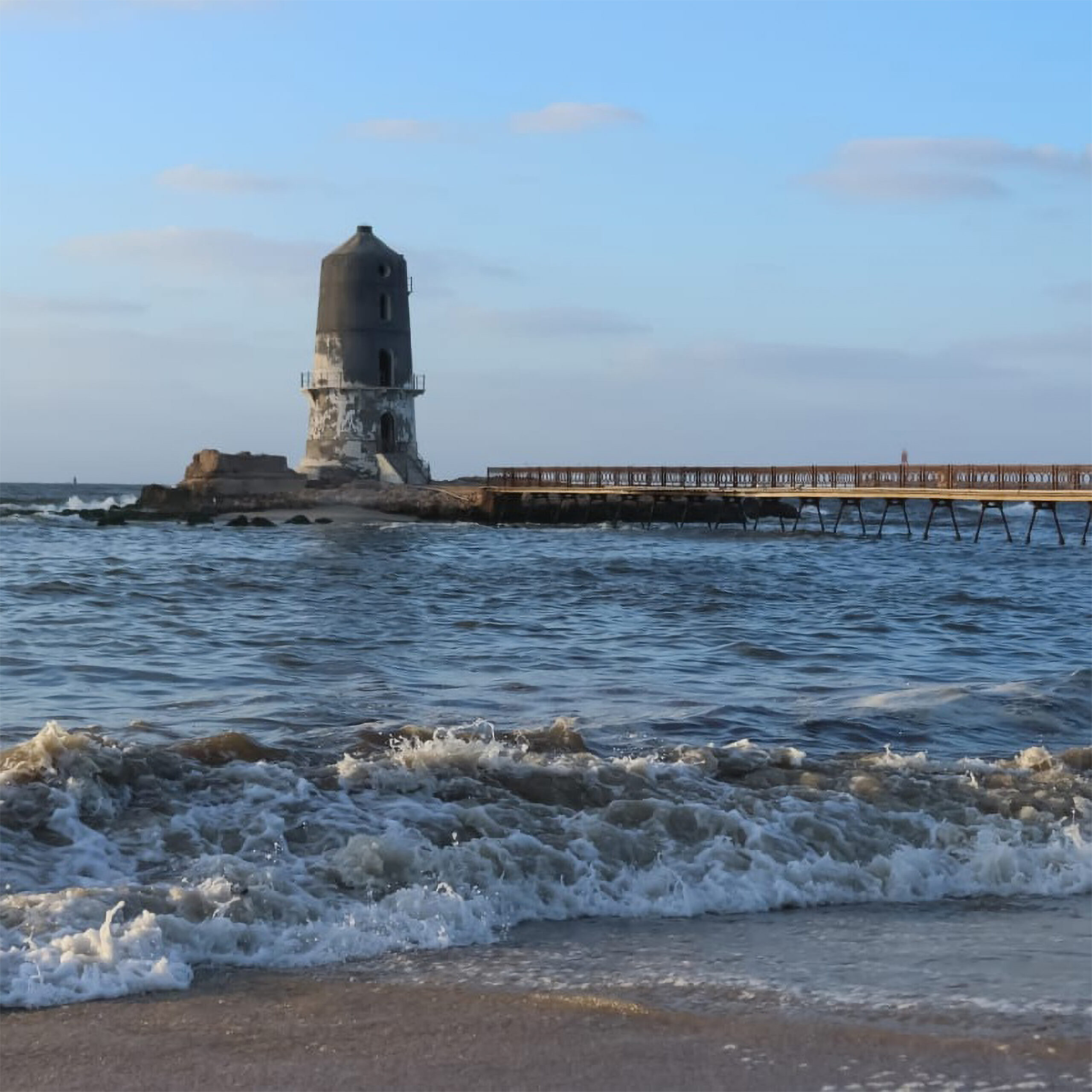
The Lighthouse of Alexandria, also known as the Pharos of Alexandria, was one of the Seven Wonders of the Ancient World. Built in the 3rd century BC, it stood over 100 meters tall and guided ships safely to the busy port of Alexandria. Several earthquakes between the 10th and 14th centuries weakened the structure until it eventually collapsed into the Mediterranean Sea. Though long gone, the lighthouse’s foundations were discovered underwater, and it continues to inspire modern designs of lighthouses around the world.
Helike, Greece

Helike was a wealthy Greek city located near the Corinthian Gulf. In 373 BC, a powerful earthquake struck, followed by a massive tsunami that submerged the entire city. Helike disappeared beneath the waters, and for centuries, its existence was thought to be a legend. In the 20th century, archaeologists discovered its ruins under layers of silt and water. The sudden destruction of Helike may have contributed to the stories of Atlantis, as the city’s fate seemed so sudden and mysterious.
Nan Madol, Micronesia
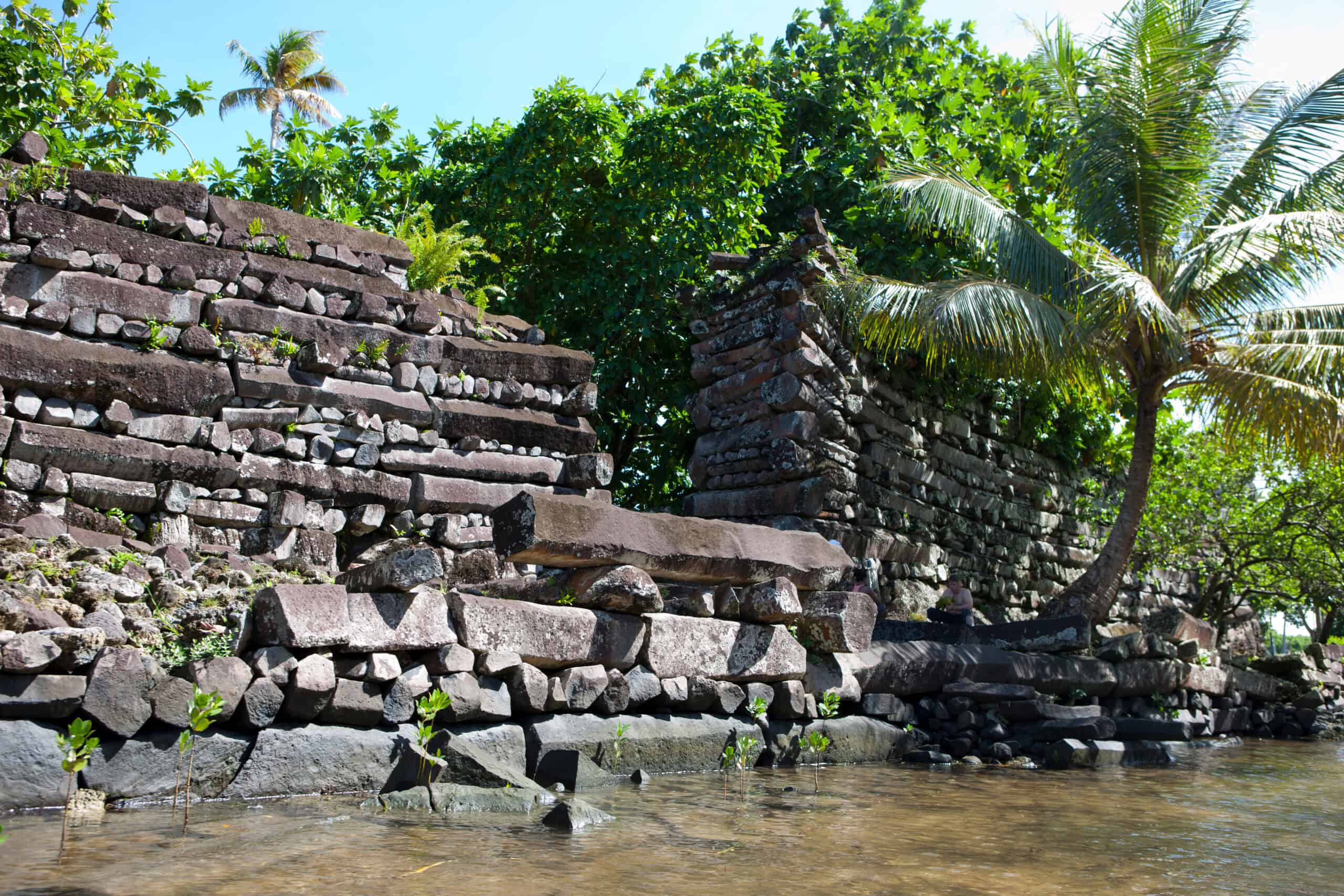
Nan Madol is an ancient city built on artificial islets off the coast of Pohnpei in Micronesia. Once a political and ceremonial hub for the Saudeleur Dynasty, it was constructed with massive stone walls and canals. Over time, the region was hit by severe tsunamis and typhoons that eroded parts of the city, leading to its abandonment. The remote location and challenging conditions have preserved much of the city, but it remains threatened by ongoing natural forces. Nan Madol’s ruins are an impressive testament to early island engineering.
Atlantis

The legend of Atlantis, first described by the philosopher Plato, tells of a mighty civilization that vanished beneath the sea in a single day and night. Many believe it was destroyed by an earthquake or tsunami, though its exact location remains a mystery. While no conclusive evidence has been found, some speculate that Atlantis may have been inspired by real ancient cities like Helike or Santorini. Whether real or myth, the story of Atlantis continues to captivate and inspire explorations for the lost civilization.
Old St. Augustine, Florida, USA

Founded by the Spanish in 1565, St. Augustine is the oldest continuously occupied European city in the United States. However, much of its early settlement was destroyed by hurricanes in the 17th and 18th centuries. These storms caused massive flooding, damaged buildings, and washed away parts of the original city. Old St. Augustine’s historic landmarks were repeatedly rebuilt after each storm, but the original structures were largely lost to time and nature’s wrath. Today, the city is a testament to resilience, though remnants of the old city still remain buried beneath layers of history.
Roman City of Baiae, Italy
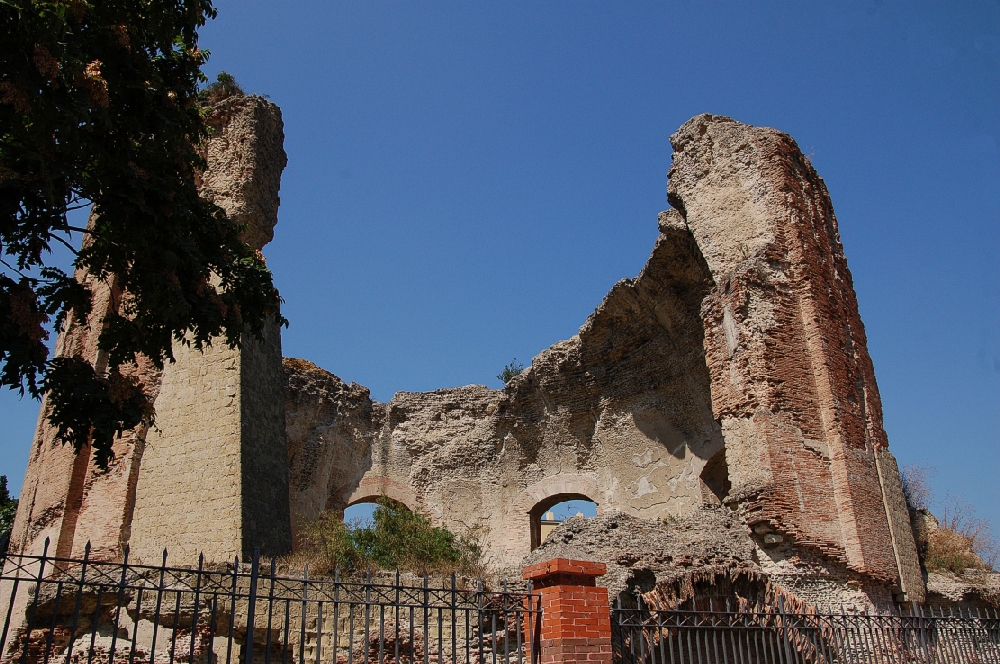
Baiae was a lavish resort town for the Roman elite, famous for its thermal baths and opulent villas. Located on the Bay of Naples, the city was built on a geologically active area. Volcanic activity and a phenomenon called bradyseism, where land slowly rises and falls, caused Baiae to sink beneath the waters of the Mediterranean. By the 8th century, the city was completely submerged. Today, divers can explore the well-preserved ruins of villas, mosaics, and statues that once belonged to some of the most powerful Romans.
Akrotiri, Greece
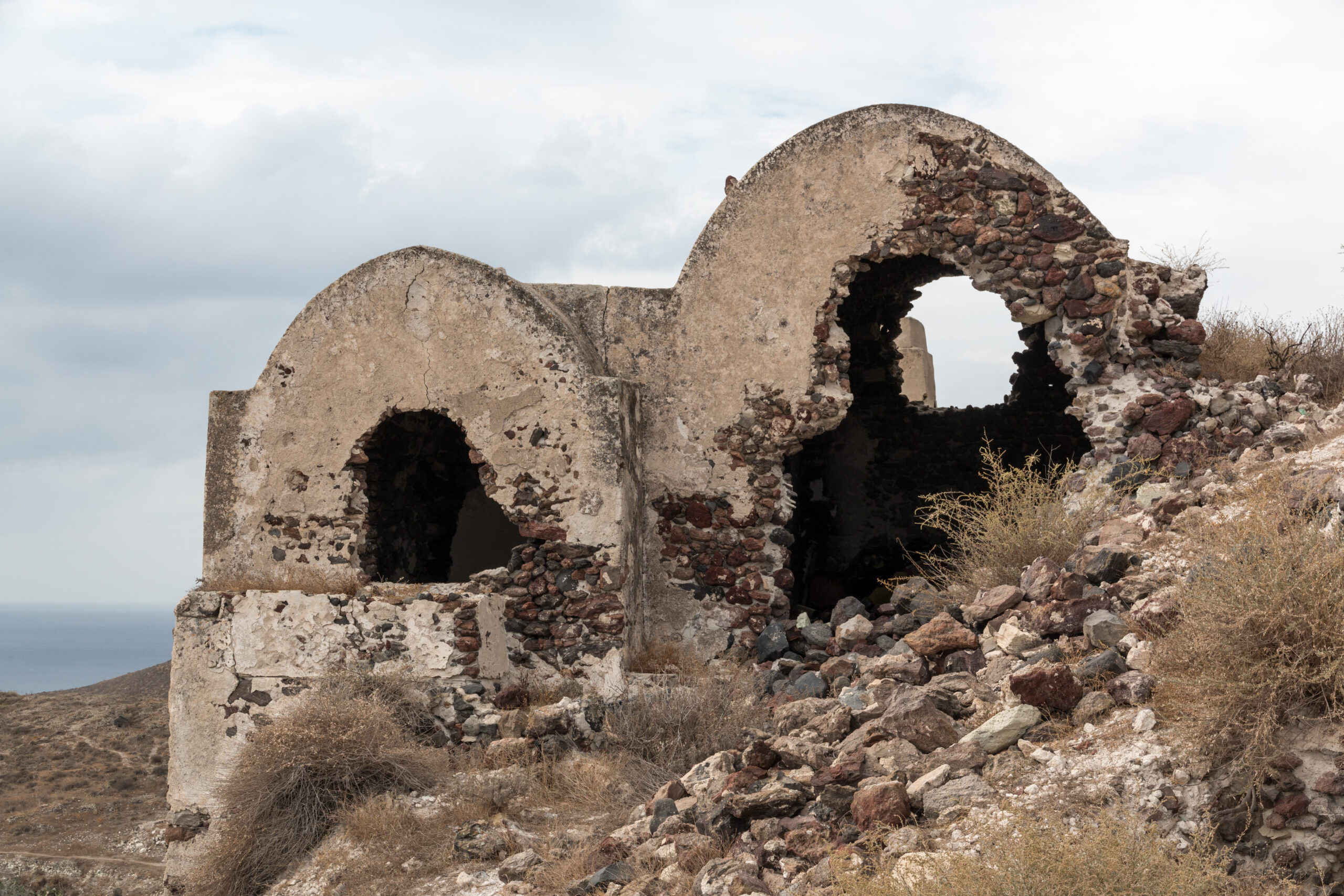
Akrotiri was a bustling Minoan city on the island of Santorini, flourishing in the Bronze Age. Around 1600 BC, a massive volcanic eruption buried the entire settlement under ash, preserving it much like Pompeii. The eruption was one of the largest in human history and likely caused significant climatic and seismic changes in the region. Excavations of Akrotiri have revealed well-preserved frescoes, pottery, and buildings, offering a unique insight into Minoan life. Unlike Pompeii, no human remains have been found, suggesting that the residents evacuated before the disaster struck.
La Ciudad Perdida, Colombia
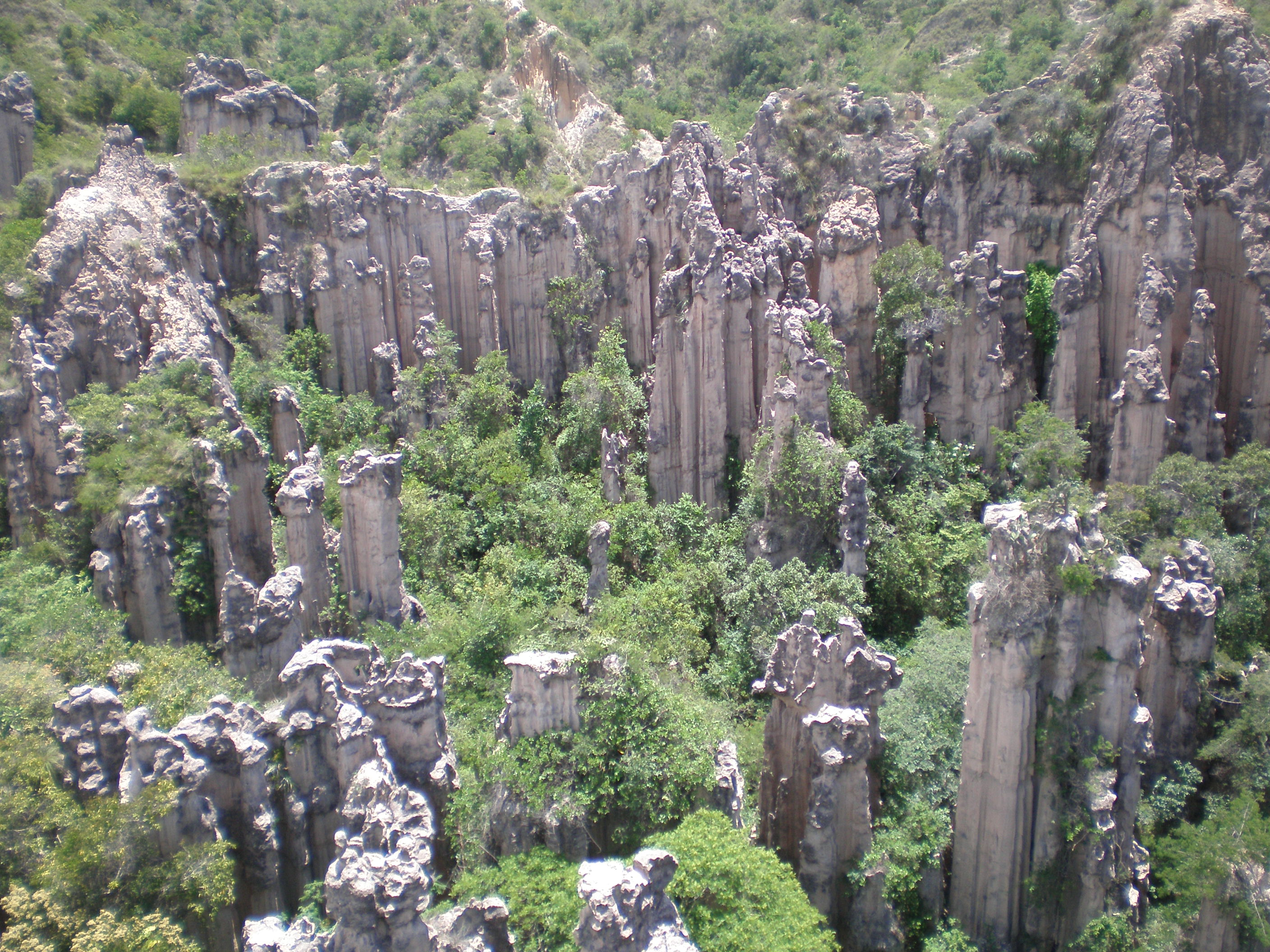
La Ciudad Perdida, or the “Lost City,” is an ancient Tairona settlement hidden deep in the Sierra Nevada mountains of Colombia. It was built around 800 AD and served as a major cultural and trade center. The city was abandoned after severe flooding, which contributed to its decline, along with disease and conflict. Thick jungle growth overtook the city, hiding it for centuries until its rediscovery in the 1970s. Today, its terraced platforms, stone paths, and plazas are some of the few remnants of this lost civilization.
Dwarka, Indi
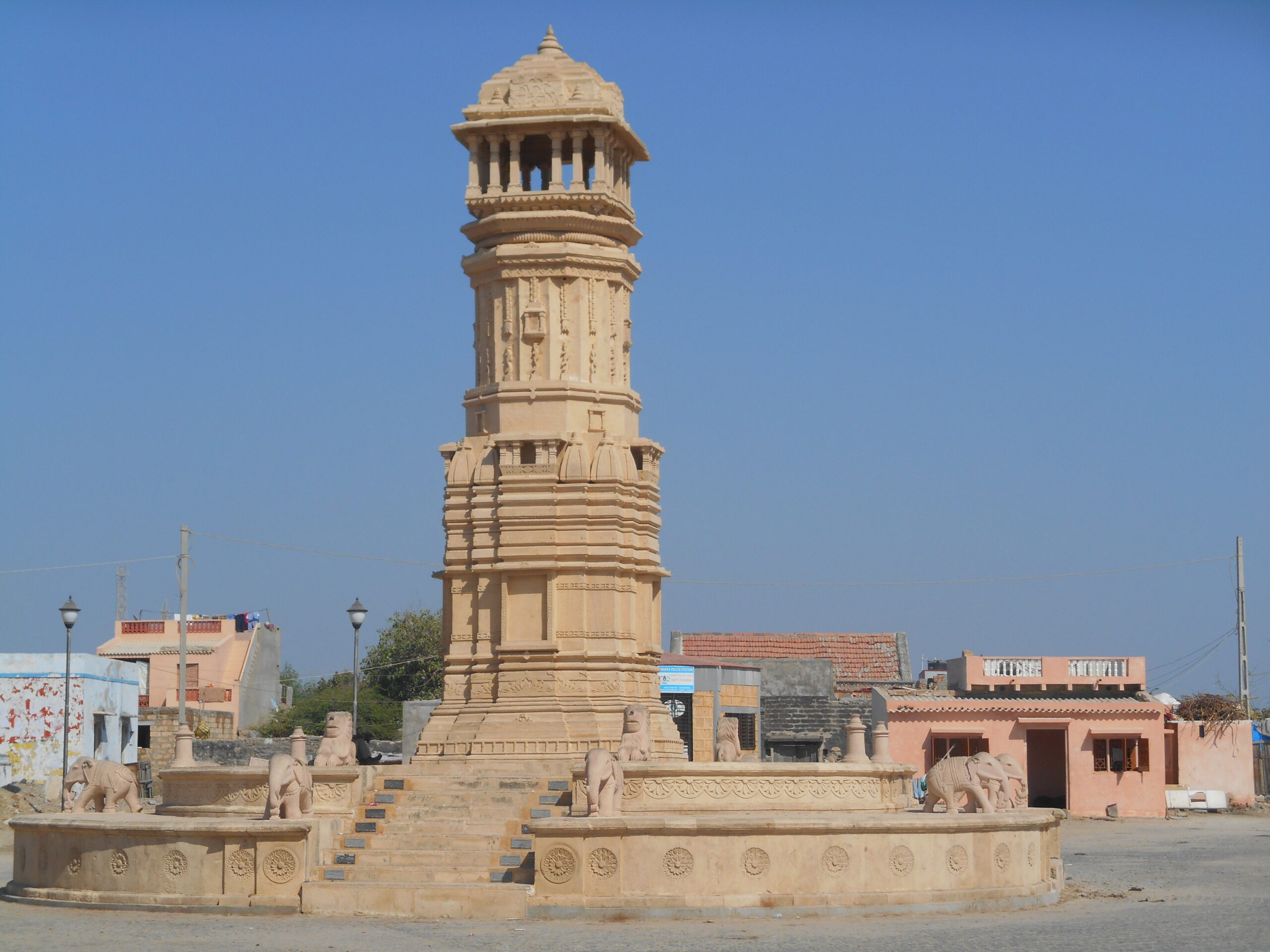
Dwarka, mentioned in Hindu scriptures as the kingdom of Lord Krishna, is believed to have been a thriving port city. Archaeological evidence suggests that it existed around 3000 BC but was submerged due to rising sea levels. Underwater excavations near the modern city of Dwarka have revealed remnants of walls, structures, and stone anchors, indicating a once prosperous maritime center. While much of Dwarka remains a mystery, its legend continues to captivate both archaeologists and historians, who are still uncovering clues about its lost glory.
Yaxuná, Mexico
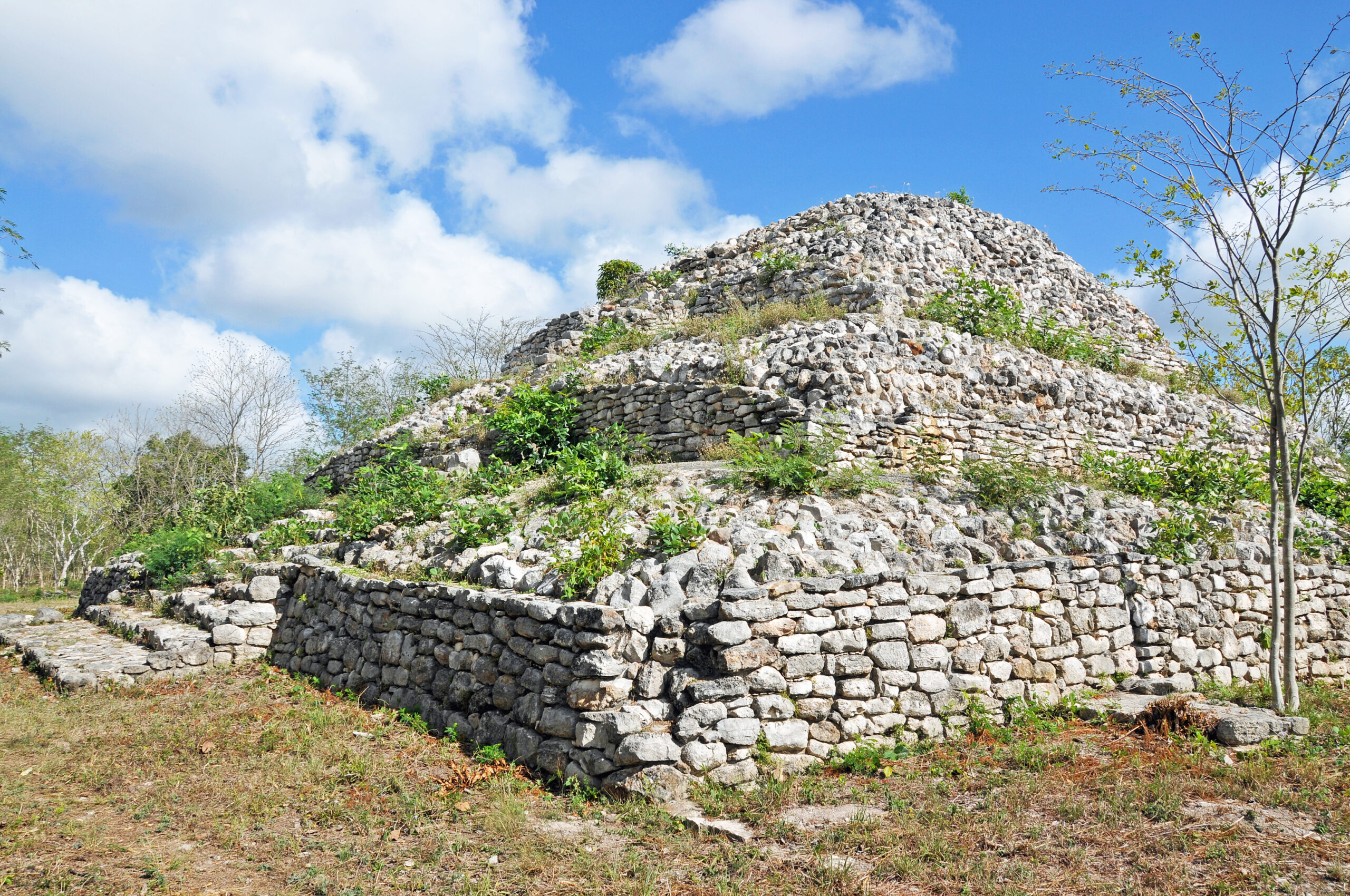
Yaxuná was a prominent Mayan city located in the Yucatán Peninsula, with its history dating back to 500 BC. The city thrived for centuries but was severely impacted by repeated hurricanes and flooding, leading to its eventual abandonment. These natural disasters caused widespread damage to its infrastructure and agricultural systems, weakening its economy and political power. Today, the ruins of Yaxuná, including pyramids and ceremonial structures, remain covered by jungle growth, though some areas have been excavated and preserved.
Sunken City of Pavlopetri, Greece
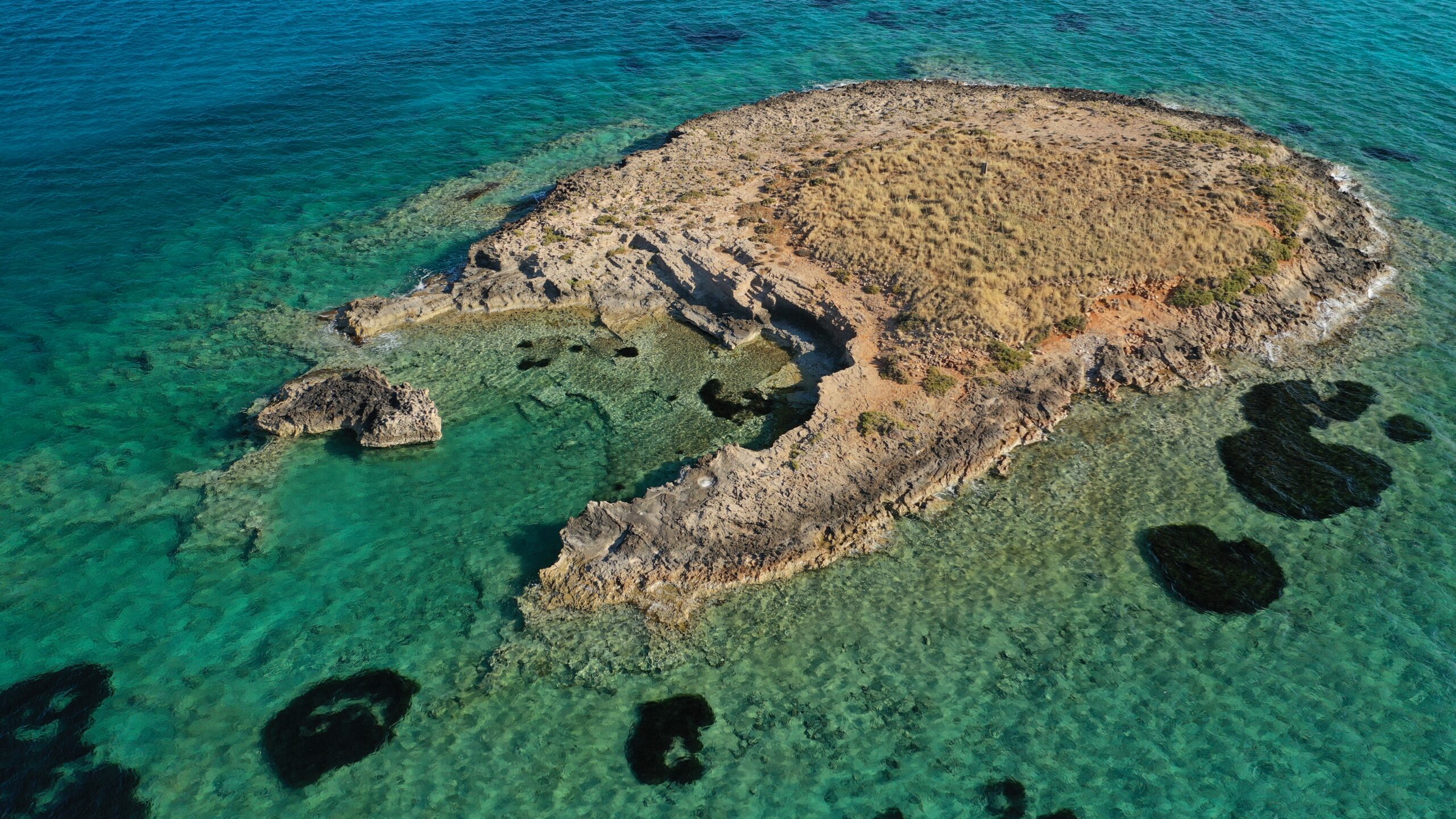
Pavlopetri, located off the coast of Laconia, Greece, is considered one of the oldest known submerged cities, dating back to around 3000 BC. It was a thriving coastal settlement, but repeated earthquakes and subsidence caused the land to sink, eventually submerging the city beneath the sea. Archaeologists have discovered well-preserved streets, buildings, and tombs underwater, offering a unique glimpse into the life of an ancient Greek city. Pavlopetri’s underwater ruins continue to fascinate both scholars and divers today.
Old Panama City, Panama
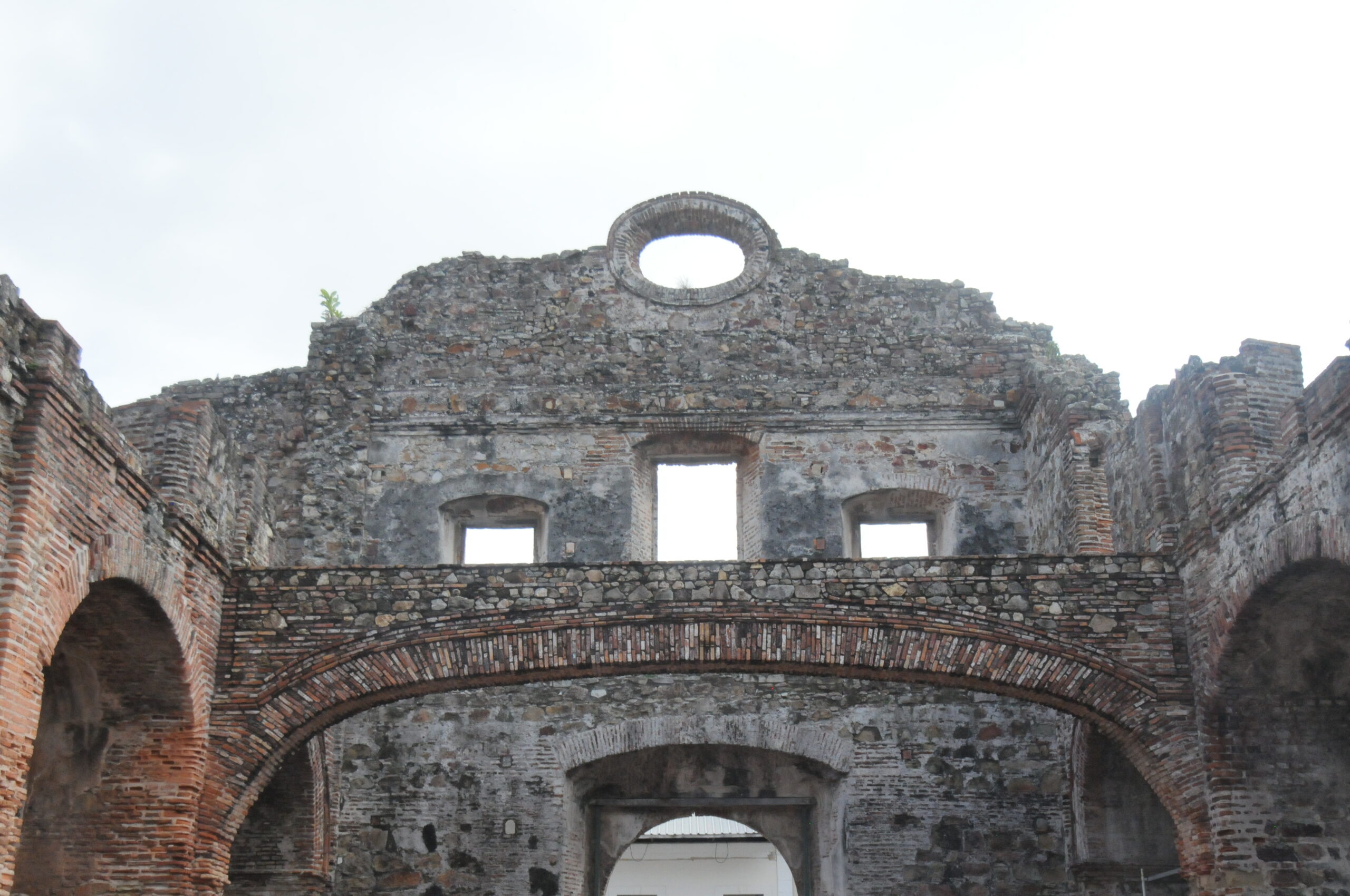
Founded in 1519, Old Panama City was a vital Spanish colonial outpost and the first European settlement on the Pacific coast of the Americas. In 1671, the city was attacked by pirates, leading to widespread fires that devastated much of its infrastructure. The final blow came in the form of an earthquake, which further destroyed what was left of the city. The Spanish authorities decided to relocate and rebuild Panama City at a new site, leaving the old ruins as a haunting reminder of its turbulent past.
Phanom Rung, Thailand
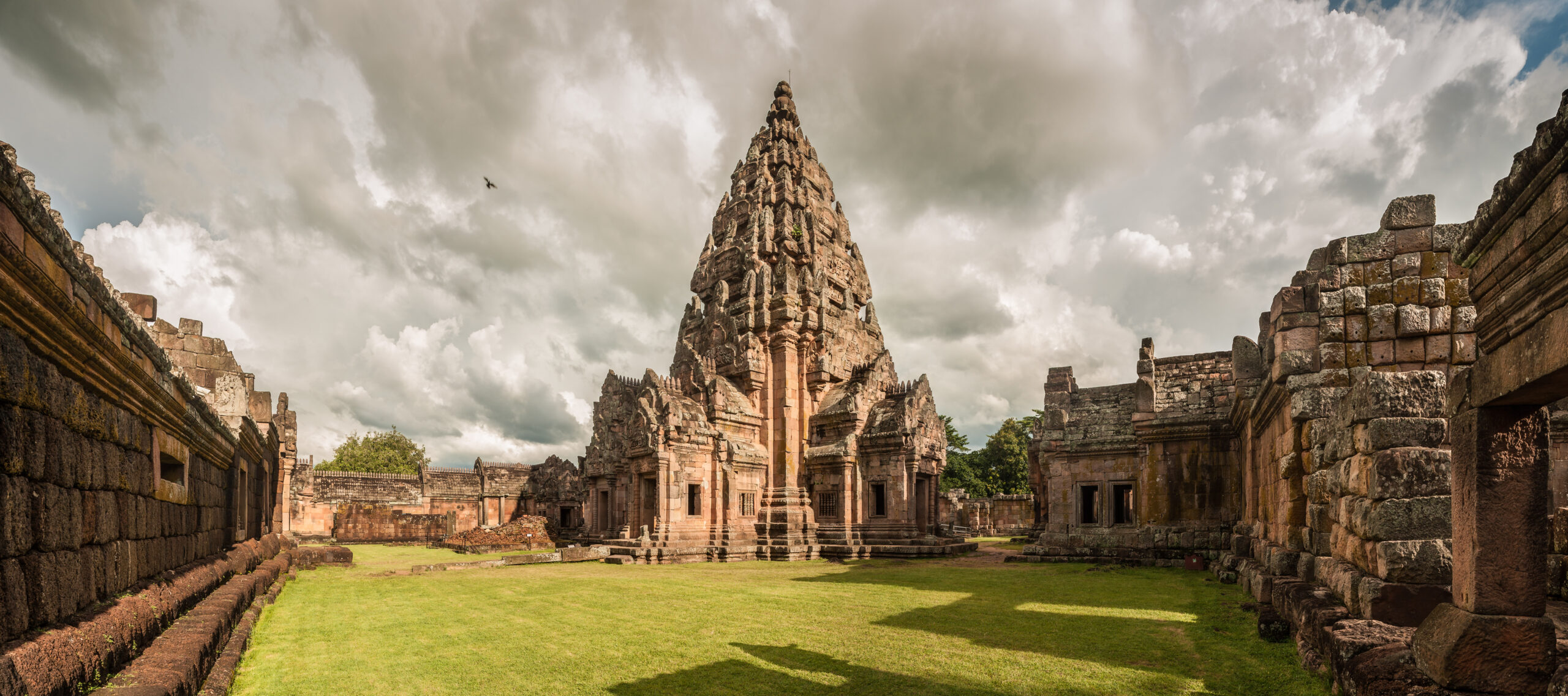
Phanom Rung is a Khmer temple complex in northeastern Thailand, built between the 10th and 13th centuries. The site was constructed on the rim of an extinct volcano, and over the years, it suffered from severe flooding and erosion. These natural forces damaged many of its structures, and the site was eventually abandoned. Though partially restored, the temple complex still bears the scars of centuries of neglect and exposure to the elements. Phanom Rung remains an important cultural and historical site, drawing visitors from around the world.
Villa Epecuén, Argentina
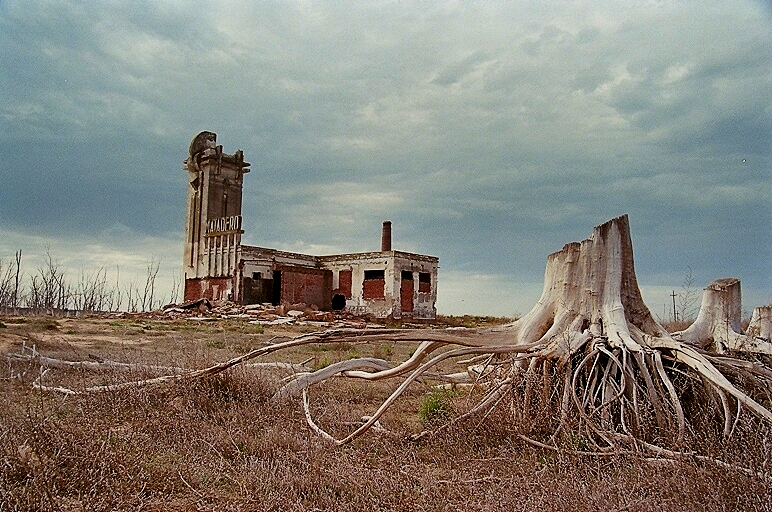
Villa Epecuén was a popular tourist resort town in Argentina, located along the shores of Lago Epecuén. In 1985, heavy rains caused the lake’s water levels to rise dramatically, flooding the town completely. For over 25 years, the city remained submerged under nearly 10 meters of water. Eventually, the waters receded, revealing the ghostly ruins of the once-thriving resort. Today, Villa Epecuén stands as a stark reminder of nature’s power, with its crumbling structures drawing curious visitors and photographers.
This article originally appeared on Rarest.org.
More from Rarest.org
10 Largest Eagles in the World

Eagles are among the most powerful birds of prey, known for their impressive size and sharp hunting skills. Read More.
10 Largest Flying Birds in the World

Birds are among the most fascinating creatures on Earth, and some of them are truly massive in size. Read More.
13 Exotic Amphibians That Are Surprisingly Tough and Resilient

Amphibians are often seen as fragile creatures, but many species are incredibly tough and have evolved to survive in some of the most challenging environments on Earth. Read More.
